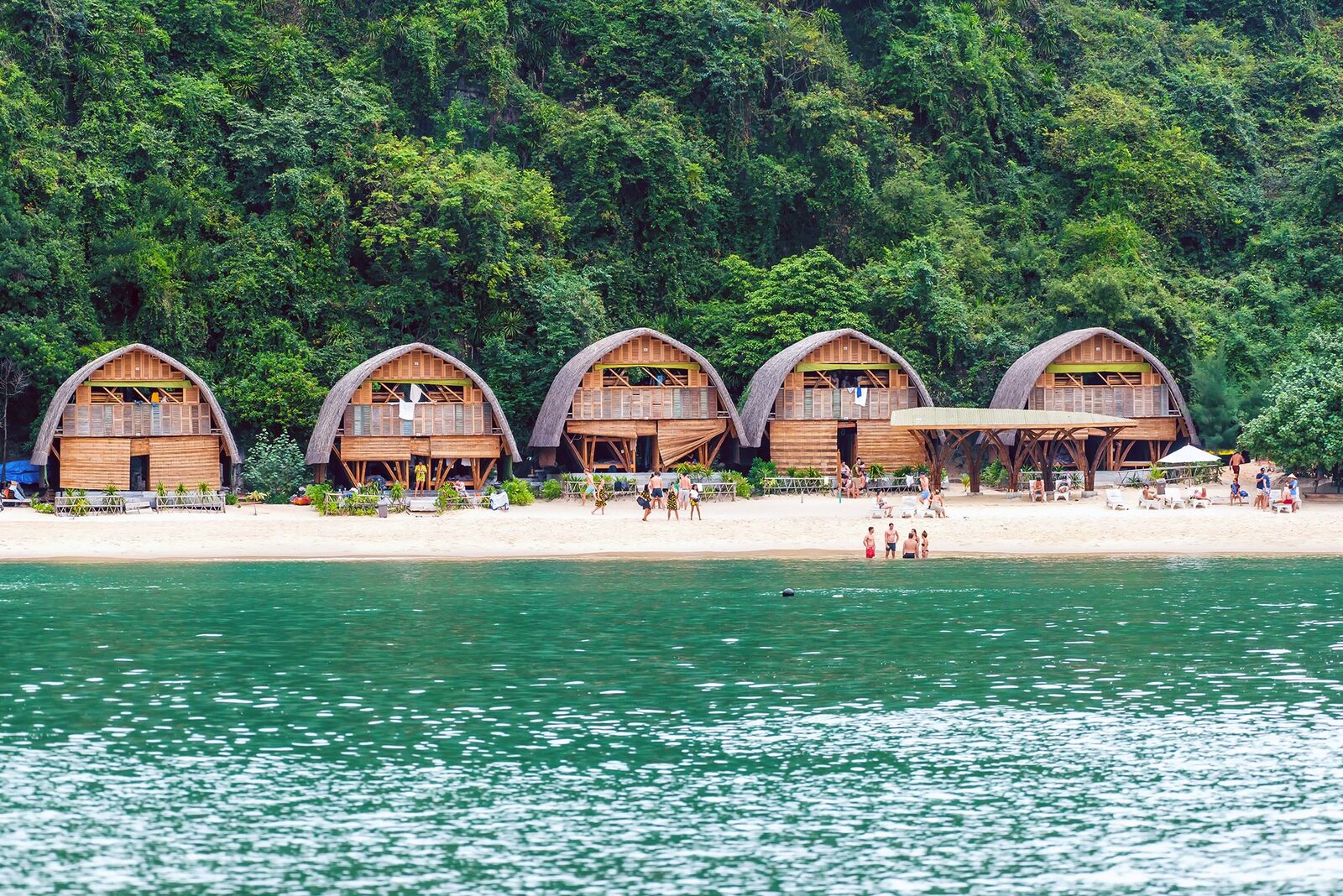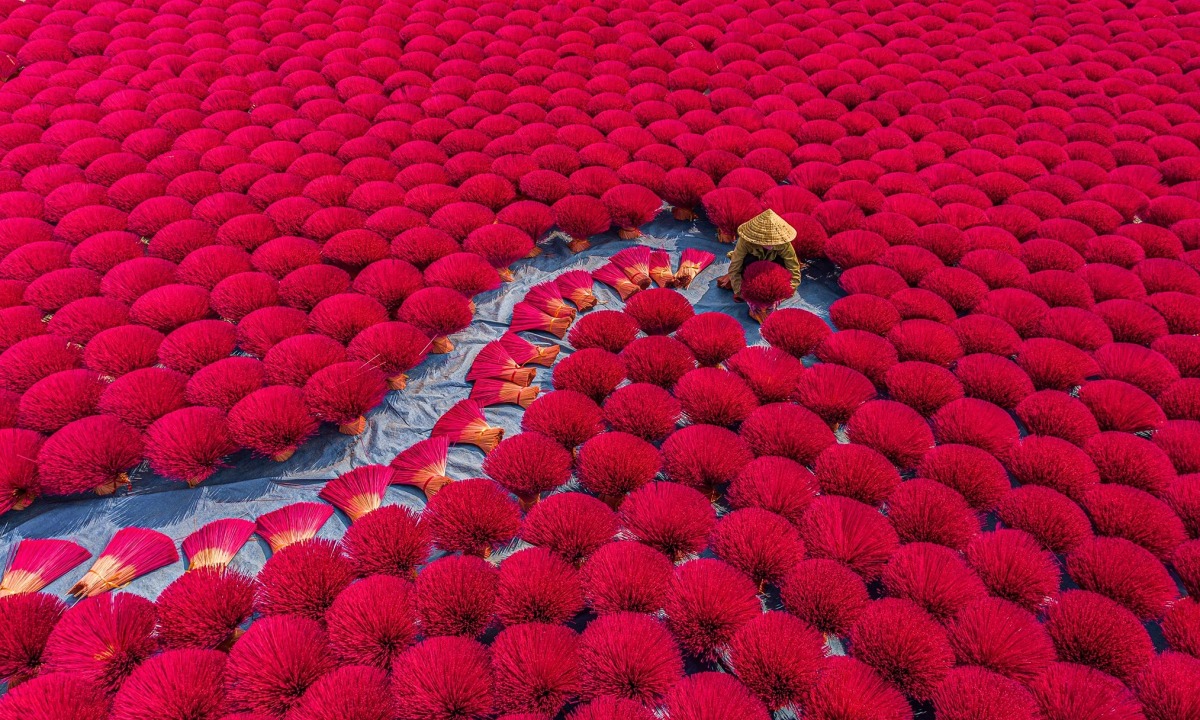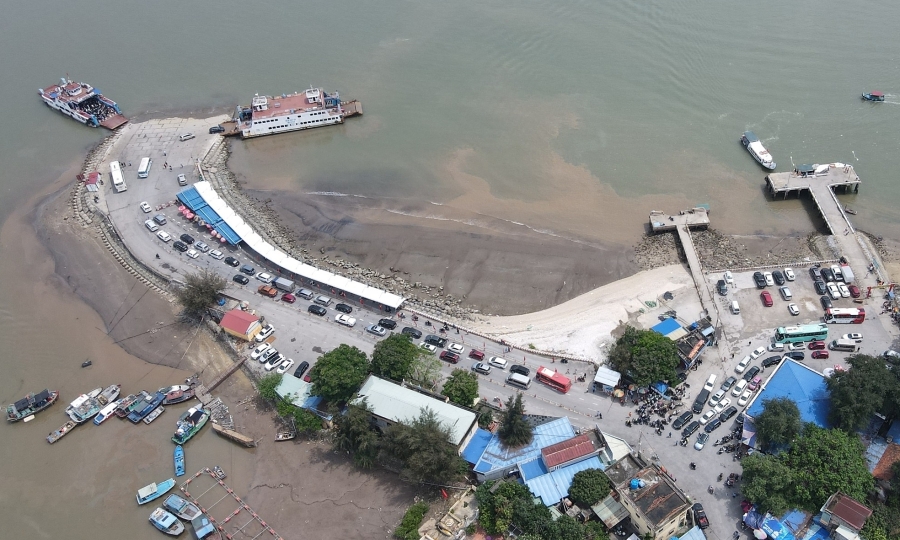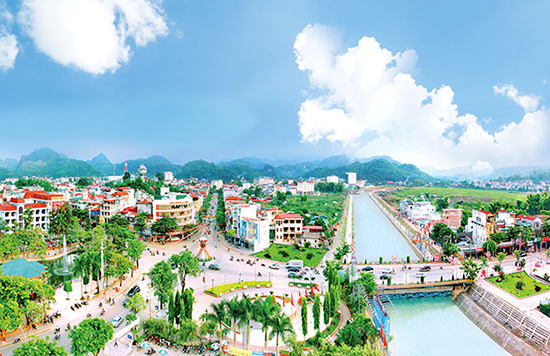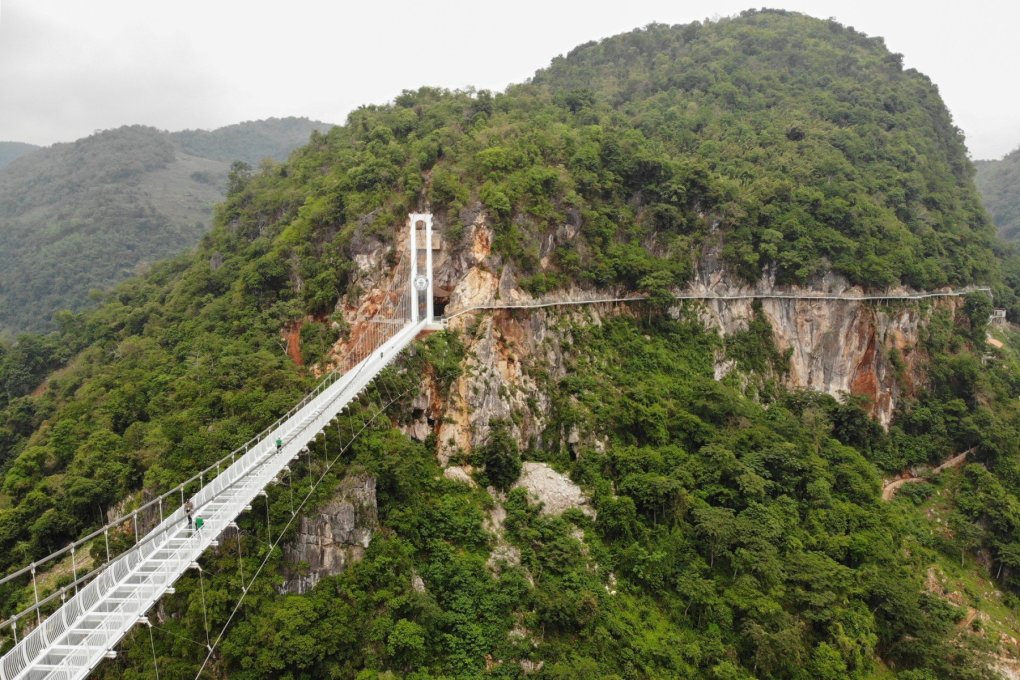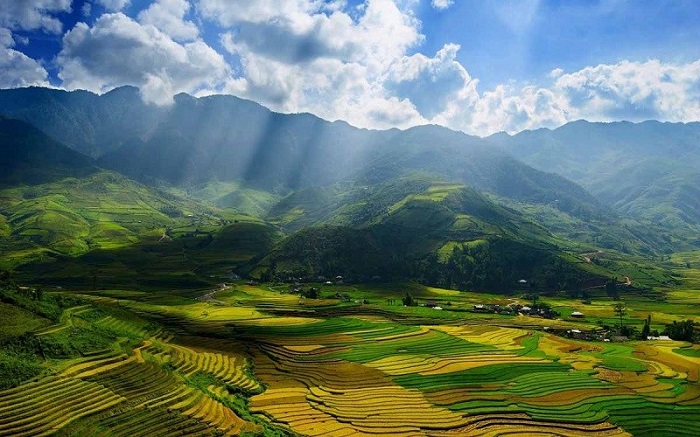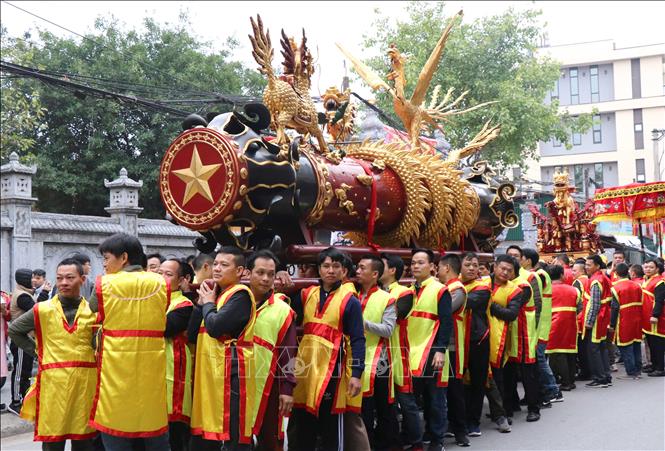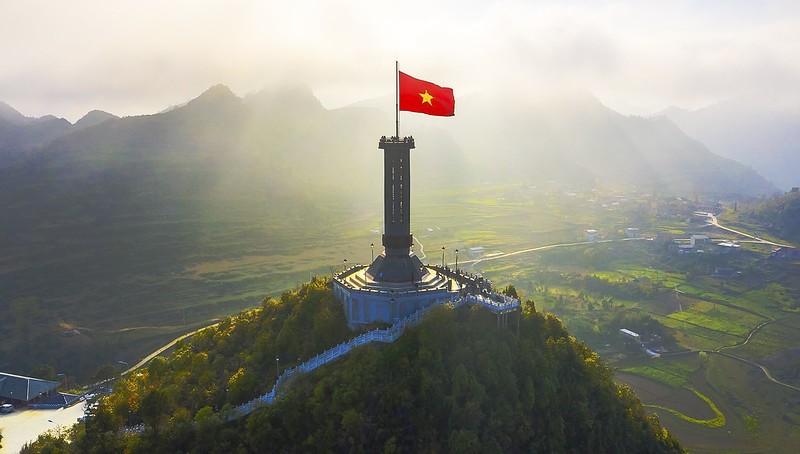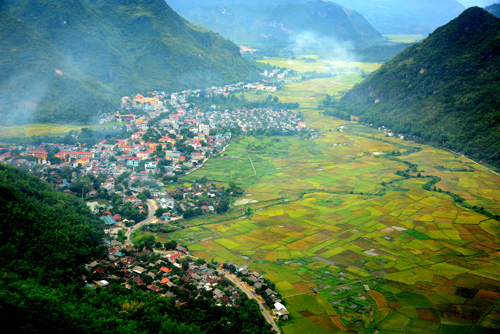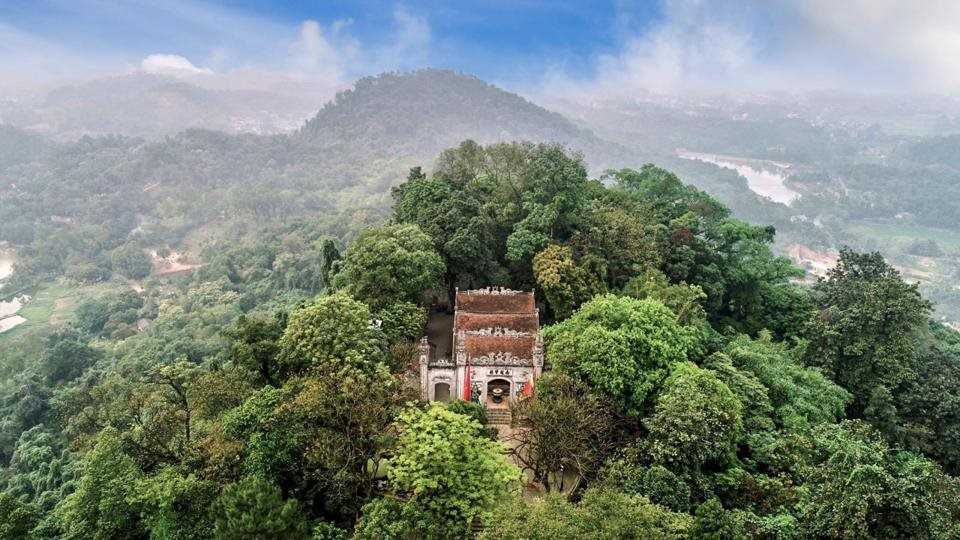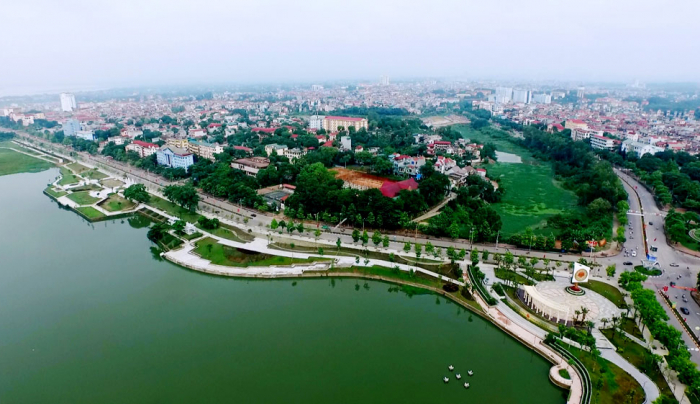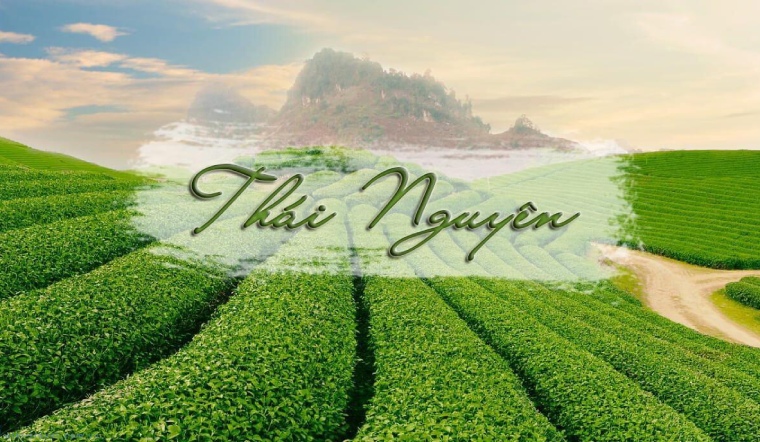Lai Chau
Lai Chau is a northwest border province, about 450 km southeast of Hanoi. This place has many plateaus over 1,500m high with extremely favorable weather; Clouds cover all four seasons, the climate is fresh and cool like the Sin Ho, Ho Thau, and Dao San plateaus. Nestled in the vast mountains and forests of the Northwest, next to the majestic Hoang Lien Son range, Lai Chau is blessed with priceless gifts from nature. Lai Chau has many natural landscapes and valuable relics such as: National treasure area of King Le Thai To stele, Nam Nhun district; Hoang Lien Pass Peak Ecotourism Area, Rong May Glass Bridge, Pusamcap Cave, Tac Tinh Waterfall, Putaleng Peak, Bach Moc Luong Tu Peak, Ta Lien Son Peak,... Lai Chau is also home to 20 ethnic groups with diverse Unique and interesting cultural identities such as: Sin Suoi Ho village, Vang Pheo village, Si Thau Chai village, Hon village, Lao Chai village, Tham village... Lai Chau currently has 5 national intangible cultural heritages , including: Xoe dance art, Tug of war game of the Thai ethnic group, Tu Cai ceremony of the Dao ethnic group, Gau Tao festival of the Mong people and Brocade weaving of the Lu ethnic group. When mentioning Lai Chau specialties, you cannot miss the famous delicious purple sticky rice, dried buffalo meat, Hoa ban bamboo shoot salad,... Visitors to Lai Chau from Hanoi can choose to travel via the road. 32 to Nghia Lo, Mu Cang Chai, Than Uyen and then to Lai Chau (distance about 420km). This palace is suitable for exploring Nghia Lo or watching the ripe rice season in Mu Cang Chai. The second route is to take the Hanoi - Lao Cai highway, then go to Sa Pa and cross O Quy Ho pass to get to Lai Chau. This option reduces the distance by about 40-50km.











